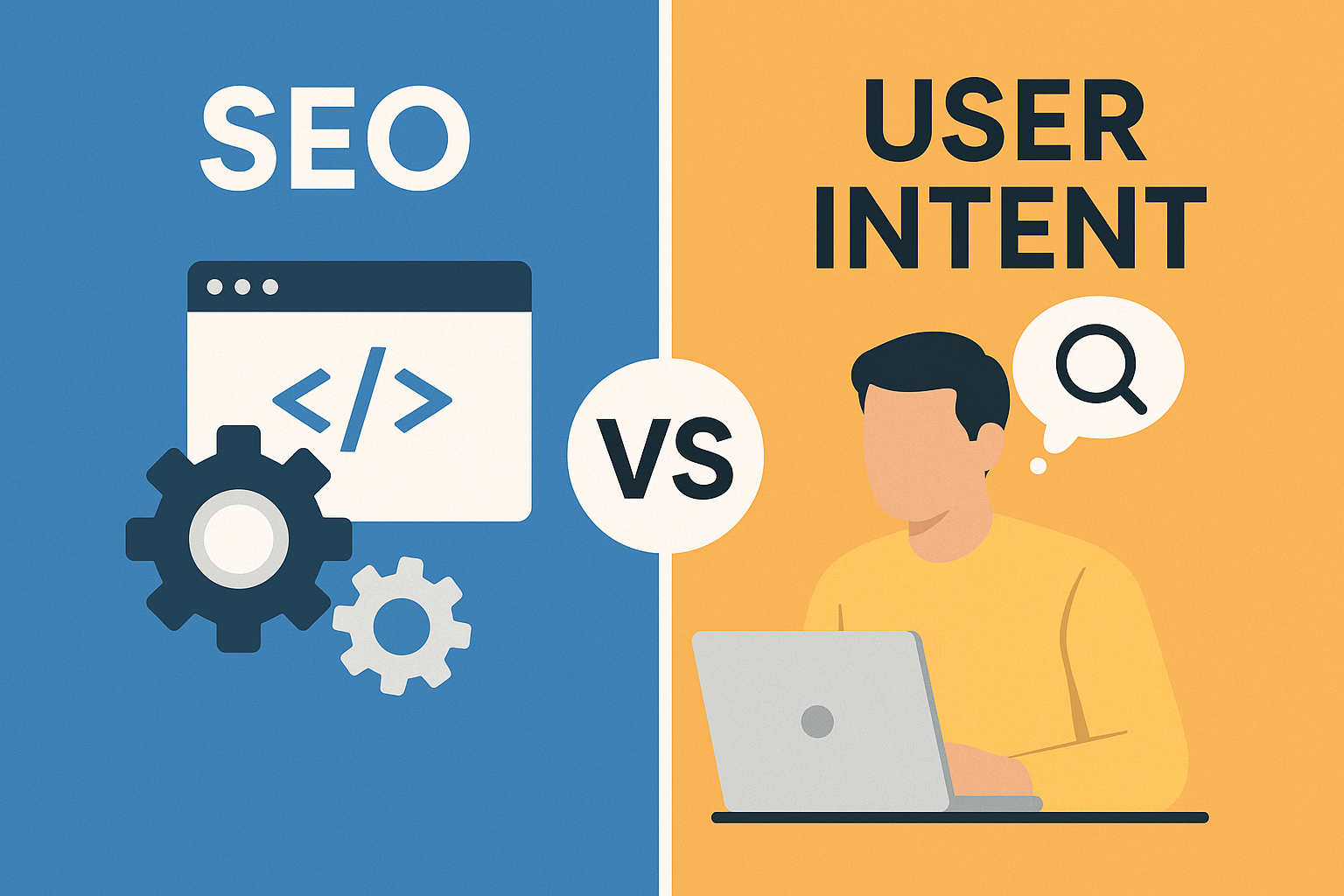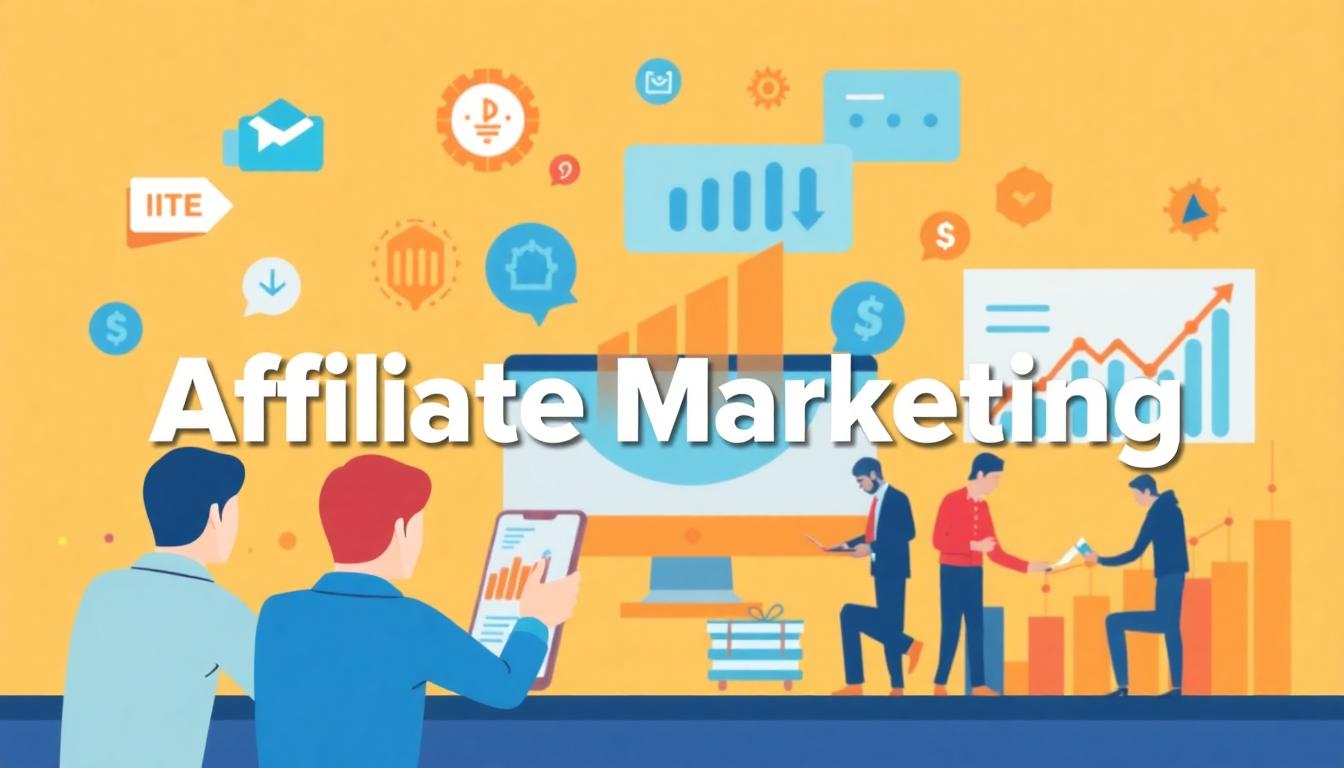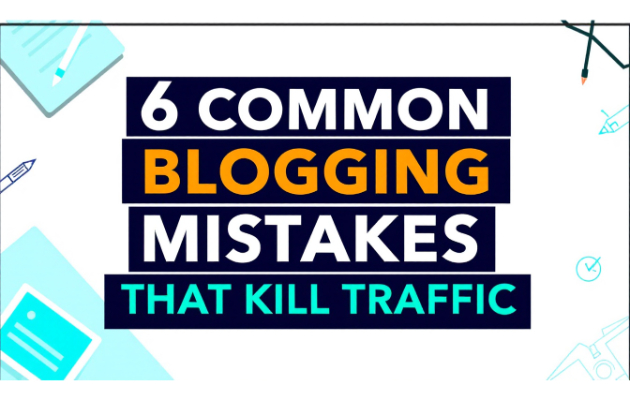What Is AEO And Why It’s Essential For Affiliate Marketing
What is AEO and Why It’s Essential for Affiliate Marketing in 2025
Picture this: search engines are no longer just about finding websites — they’re about delivering answers instantly. That’s where Answer Engine Optimization (AEO) takes center stage. AEO is reshaping the way content is created and consumed by focusing on delivering direct answers to user queries, especially through voice assistants like Alexa or Google Assistant. For affiliate marketers, this shift isn’t just a convenience; it’s a game-changer. As more people use voice search to shop or research products, optimizing for AEO ensures your content stands out, captures attention, and drives conversions effectively.
Understanding AEO: The Shift from Traditional SEO
In the rapidly evolving space of search engine marketing, the rise of Answer Engine Optimization (AEO) is transforming how content connects with users. Unlike traditional SEO, which aims to rank high on search result pages, AEO prioritizes delivering direct, precise answers instantly, often through voice search and smart assistants. This concept is key for adapting to how people search today.
How AEO Redefines Search Engine Optimization
AEO focuses on understanding and catering to user intent in a way traditional SEO often misses. Instead of requiring users to scroll through blue links, AEO aligns with technologies like voice assistants, chatbots, and smart home devices to give direct, context-specific answers. Think about how often you ask your phone a question instead of typing it—it’s these moments that AEO masters.
Here’s how AEO differs:
- Voice integration: Voice assistants prioritize concise and contextually accurate answers, directly pulled from content optimized for AEO.
- Structured data: Implementing schema markup helps search engines understand and extract information to feature in snippet or voice responses.
- User-centric outcomes: It’s not just about ranking. AEO ensures your content is accessible where and how people are searching.
This transition means brands need to shift focus from cramming keywords to creating content that directly answers common, relevant questions in a conversational tone.

Photo by Tobias Dziuba
Why Content Relevancy and Helpfulness Matter
When it comes to AEO, relevance isn’t just a buzzword—it’s the rule. Smart algorithms behind search engines and voice assistants prioritize content that answers questions clearly and accurately. But relevance isn’t enough; helpfulness is the secret ingredient that makes content stand out.
For AEO success, ask yourself:
- Am I answering questions likely to be asked by users word-for-word?
- Is my content structured adequately for search engines to pull it into featured snippets?
To meet these needs, focus on:
- Contextual relevance: Understand what your audience is searching for and tailor your answers accordingly.
- Well-structured content: Use headers, bullet points, and FAQs. This format doesn’t just appeal to Google but also serves readers better.
- Updated information: Outdated content does more harm than good. Keep up with trends and adjust your content as required.
Remember, the user experience is the heart of AEO. If your content doesn’t resolve queries quickly, someone else’s will.
Why AEO is Critical for Affiliate Marketing
In a competitive world where capturing attention is more challenging than ever, AEO (Answer Engine Optimization) plays a pivotal role in helping affiliate marketers connect with their target audience. Focusing on delivering direct, actionable answers, AEO ensures that your content isn’t just seen—it’s useful. This matters immensely for affiliate marketing, where clearly answering user questions can directly lead to higher conversions and stronger partnerships.
Voice Search in Affiliate Marketing
The rise of voice assistants like Alexa, Google Assistant, and Siri is redefining how people search for products online. Instead of typing general queries, users now ask specific, natural questions like, “Where can I get the best deals on headphones?” This shift fundamentally changes search intent, and optimizing your affiliate site for voice searches ensures you show up when it matters most.
For affiliate marketers, this is a goldmine. Voice search inquiries often have a purchase-driven intent. If your content provides the answer a user is searching for, you’re not simply providing value—you’re positioning yourself as a guide in their buying journey.
Quick tips to succeed in the voice search space:
- Answer Concisely: Responses less than 30 words are favored for voice snippets.
- Target Questions: Think “how,” “what,” and “where” types of queries.
- Leverage Local Keywords if Relevant: Many voice queries include phrases like “near me.”
By embracing voice search strategies, affiliate marketers not only stay ahead of trends but also increase their odds of driving results through intelligent, user-focused content.
Driving Conversions Over Traffic
One standout aspect of AEO is its sharp focus on conversions rather than just generating traffic. Unlike traditional SEO, which often leans on attracting large volumes of visitors, AEO is about meeting the user’s need when they’re ready to take action. This aligns seamlessly with affiliate marketing goals because it prioritizes the intent behind the search, whether that’s purchasing a product or signing up for a service.
Here’s why driving conversions with AEO is powerful for affiliates:
- High-Intent Queries: AEO targets users with specific needs, which means they’re already further down the buying funnel.
- Trust Factor: By providing immediate answers, you establish authority and trust, which are critical to influencing purchase decisions.
- Optimized for Snippets: Many AEO strategies revolve around earning featured snippets or voice responses, which are prime real estate on search engines.
Imagine you run an affiliate blog about fitness gear. Your content answers questions like “What’s the best budget treadmill for small spaces?” If optimized correctly, this could take the spotlight as a featured snippet, driving qualified leads directly to your product recommendations.
By focusing on results-oriented strategies, affiliate marketers can cut through the noise and speak directly to engaged audiences ready to convert.
Implementing AEO for Affiliate Success
As affiliate marketing continues to evolve, embracing Answer Engine Optimization (AEO) is key to staying competitive. AEO focuses on presenting information in a way that not only appeals to users but also to search engines—critical for affiliate marketers looking to capture voice search traffic and grab attention in search results. Below, we’ll explore two essential aspects of implementing AEO: optimizing product listings with schema markup and structuring content effectively for better engagement.
How to Optimize Product Listings with Schema Markup
Schema markup is like a language that helps search engines understand and display your content effectively. For affiliate marketers, applying schema markup to product listings can make the difference between appearing in a generic result or standing out with rich, detailed snippets. Here’s how you can start:
- Choose the Right Schema Types: For affiliate product pages, commonly used schema types include:
- Product
- Review
- Offer
- Use Tools for Implementation:
- If you’re using platforms like WordPress, plugins like Yoast SEO or Schema Pro simplify integration.
- Alternatively, Google’s Structured Data Markup Helper can help you generate the code.
- Highlight Key Details: Ensure you include:
- Product name: Match it exactly to what users might search for.
- Price: Always mention if it’s a sale price.
- Ratings and Reviews: Consumers love transparency.
- Test Your Markup: Once applied, test for errors using Google’s Structured Data Testing Tool or Rich Results Test. This ensures accurate indexing and renders.
Optimizing product listings with schema markup ensures your affiliate products have a better chance of being featured in high-visibility search engine snippets or voice search results.
Effective Strategies for Structuring AEO Content
Creating AEO-friendly content isn’t just about answering questions—it’s about making that information easily digestible. Structuring your content smartly can help you rank better while also improving user experience.
- Start with a Clear Hierarchy:
- Use headings like H2s and H3s to break down content.
- Design the layout so users can find answers instantly without scrolling aimlessly.
- Integrate Bullet Points and Lists:
- For quick search results, bullets are gold. For example:
- Highlight features (e.g., “Top benefits of this product”).
- Compare items side by side (e.g., “This vs That”).
- For quick search results, bullets are gold. For example:
- Adopt a Conversational Tone:
- Frame content as if you’re speaking directly to readers. For instance, “Looking for a budget-friendly treadmill? Let’s break down the options.”
- FAQs and Featured Answers:
- Add a section dedicated to frequently asked questions. For example, users might search, “What’s the best way to save money on headphones?”
- Keep answers short—under 40 words—to improve the odds of landing a snippet result.
- Embed Relevant Media:
- Boost retention by inserting supporting images or infographics next to complex information.
For example, when highlighting a product, add a chart showing side-by-side comparisons of features. This approach doubles the visual engagement while making data accessible at a glance.
By combining clear content structuring and thoughtful schema markup, affiliate marketers can position their pages to meet AEO standards and attract not just clicks but action-ready customers.
Future Trends: The Growing Role of AEO in Affiliate Marketing
As affiliate marketing continues its rapid evolution, the role of Answer Engine Optimization (AEO) is becoming increasingly critical. Why? Because search engines and voice assistants are reshaping how consumers ask questions—and more importantly—how they find answers. AEO not only aligns affiliate strategies with these trends but ensures relevance in a competitive ecosystem. Let’s dive into one of the most crucial components of this transformation.
Anticipating User Intent and Behavior
Predicting user intent is no longer optional—it’s a necessity. Successful affiliate marketers are learning how to anticipate emerging behaviors to stay ahead of competitors. Users today aren’t just searching; they’re asking very specific questions framed in natural, conversational tones, often through voice commands or smart devices.
With this shift, how can affiliate marketers adapt?
- Stay Updated on Search Intent Trends: Consumers increasingly ask specific, action-driven questions like “What is the best compact air fryer for under $100?” This presents an opportunity for affiliates to tailor content based on these precise needs. Instead of broad strokes, focus on creating answers that match hyper-specific queries.
- Invest in Predictive Analytics: Tools powered by AI can analyze user engagement patterns and predict what questions or needs may arise next. By understanding this data, affiliates can fine-tune their content strategies to deliver exactly what users need before they know they need it.
- Adapt with Intent-Based Strategies:
- Informational Intent: When users are simply browsing for knowledge, provide unbiased comparisons and insights.
- Transactional Intent: Optimize for purchase-ready keywords with clear call-to-actions like “Buy Now” or “Best Deals.”
- Navigational Intent: Structure your site so it’s easy for users to find the specific info they’re searching for.
- Voice and Mobile Optimization: Since a significant chunk of these searches takes place on mobile and via voice assistants, your affiliate site must be mobile-friendly, fast-loading, and rich in conversational keywords for those “near me” or “how to” queries.

Photo by fauxels
- Create FAQ-Rich Content: Users often start searches with phrases like “Which,” “How,” or “Why.” Affiliate marketers can strategically design long-tail keyword content to address these queries concisely. Adding an FAQ section to your posts is an excellent way to directly target these opportunities.
By anticipating behaviors and intent, affiliate marketers not only stay relevant but also ensure their content connects seamlessly with users in their search journeys. Let AEO fuel your strategy by helping you address precisely what users are looking for—in record time.
Conclusion
AEO is no longer just a buzzword—it’s a strategic necessity for staying relevant in affiliate marketing. By aligning content with users’ intent and embracing tools like schema markup and voice optimization, affiliate marketers can position themselves as trusted sources of information while driving meaningful conversions.
The competitive edge lies in crafting clear, concise, and helpful answers that meet searchers where they are, whether it’s through voice assistants or featured snippets. As search trends become more conversational and specific, embracing AEO means future-proofing your strategy in both relevance and profitability.
Now’s the time to refine your approach, prioritize user-first content, and keep your affiliate marketing efforts ahead of the curve. What steps will you take today to optimize for tomorrow’s search behaviors?

Hello, I’m Michael, the founder of apexaffiliate.com. A few years ago, I was searching for a way to make money online and break free from the daily grind of the 9-5 lifestyle. Like many, I encountered countless “Done for you” and “Get Rich Quick” schemes, but eventually, I got lucky and discovered my path to success.
That turning point was Wealthy Affiliate, a platform I now consider home and the cornerstone of my online achievements. I want to share this journey with you and provide helpful insights into the basics of affiliate marketing, with the goal of making your path smoother than mine.
Join me, and let’s navigate this journey together—I’ll be here every step of the way to guide you.













